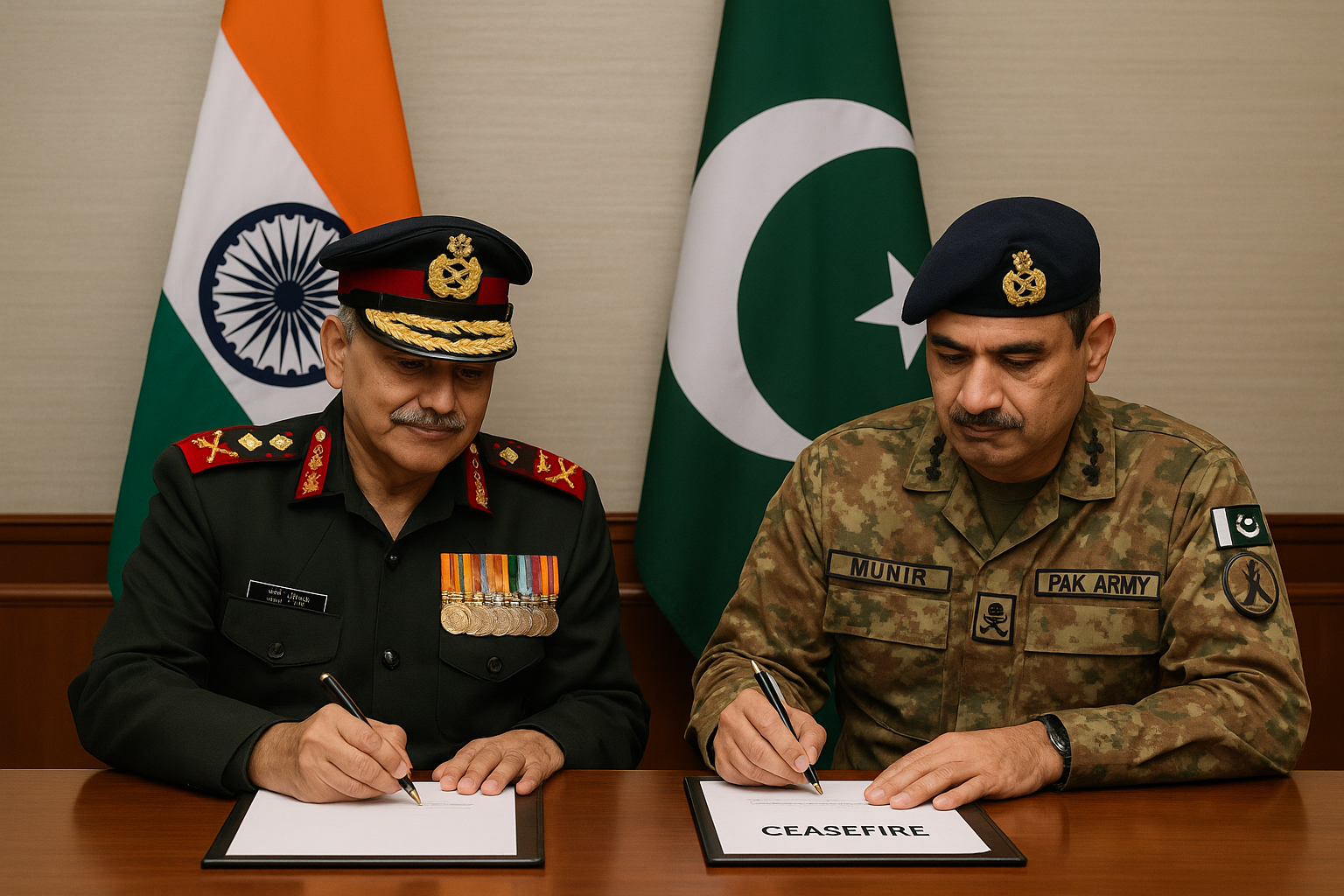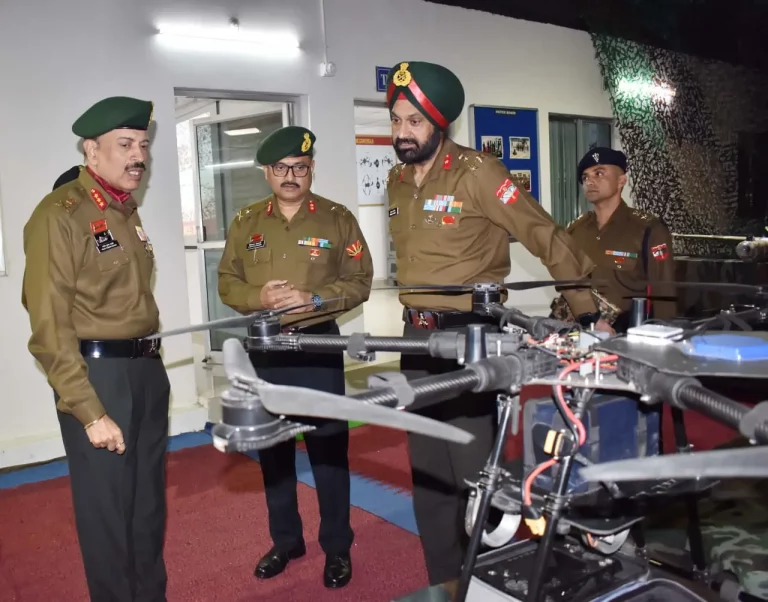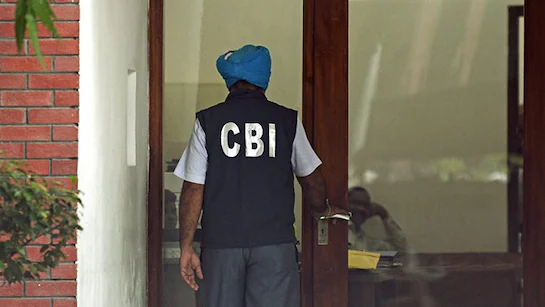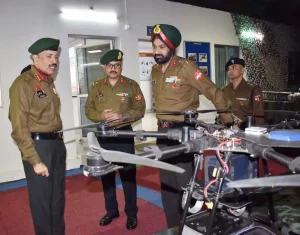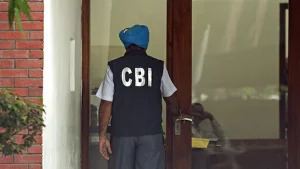After four intense days of escalating military exchanges between India and Pakistan, characterized by drone incursions, missile strikes, and artillery shelling across the Line of Control (LoC), both countries agreed to a temporary ceasefire starting the evening of May 10. However, shortly after the ceasefire took effect, Pakistani drones were detected and intercepted in various regions, including Jammu and Kashmir and even as far as Gujarat, triggering a swift and decisive response from Indian forces.
In a press briefing, India’s Foreign Secretary Vikram Misri emphasized that the government views these violations with utmost seriousness. He assured the media that the Indian armed forces were providing an “adequate and appropriate response” to any ceasefire breaches, making it clear that such actions would not go unanswered.
The context leading to the ceasefire was marked by significant military activity. On May 10, the Indian Air Force executed air-launched BrahMos cruise missile strikes targeting critical Pakistani Air Force installations, including key bases at Chaklala near Rawalpindi, Sargodha, Jacobabad, Bholari, and Skardu. These facilities are deemed vital for Pakistan’s strategic aviation capabilities and logistics.
Following these strikes, Indian intelligence intercepted heightened communications within Pakistan’s military networks, indicating considerable alarm in Islamabad regarding the potential targeting of its nuclear command infrastructure. Reports suggest that strategic facilities in Rawalpindi, particularly those associated with Pakistan’s Strategic Plans Division, had initiated advanced security measures in anticipation of further military action.
In reaction to the escalating situation, Pakistan reached out to the United States, seeking assistance. US officials, who were actively monitoring the developments, allegedly pressured Islamabad to immediately communicate with India through their established military hotline. Sources noted that the US “practically ordered” Pakistan to contact Indian military leaders to avert further conflict.
At 3:35 PM IST on May 10, Major General Kashif Abdullah, Pakistan’s Director General of Military Operations, reached out to Lieutenant General Rajiv Ghai, his Indian counterpart. This call was instrumental in formalizing the ceasefire agreement, a fact confirmed later by Foreign Secretary Misri.
Despite significant international diplomatic pressure, India has reportedly declined to engage in mediated talks with Pakistan, maintaining a readiness for further escalation if provoked. Indian strategies are believed to include potential strikes on economic and energy infrastructures as a means of broader strategic deterrence.
Additionally, India has indicated that decisions made following the April 22 terror attack in Pahalgam — including the suspension of the Indus Waters Treaty (IWT) — will remain unchanged, irrespective of the ceasefire.
The situation continues to be volatile, with Indian forces remaining on high alert and closely monitoring developments along the LoC and beyond.
